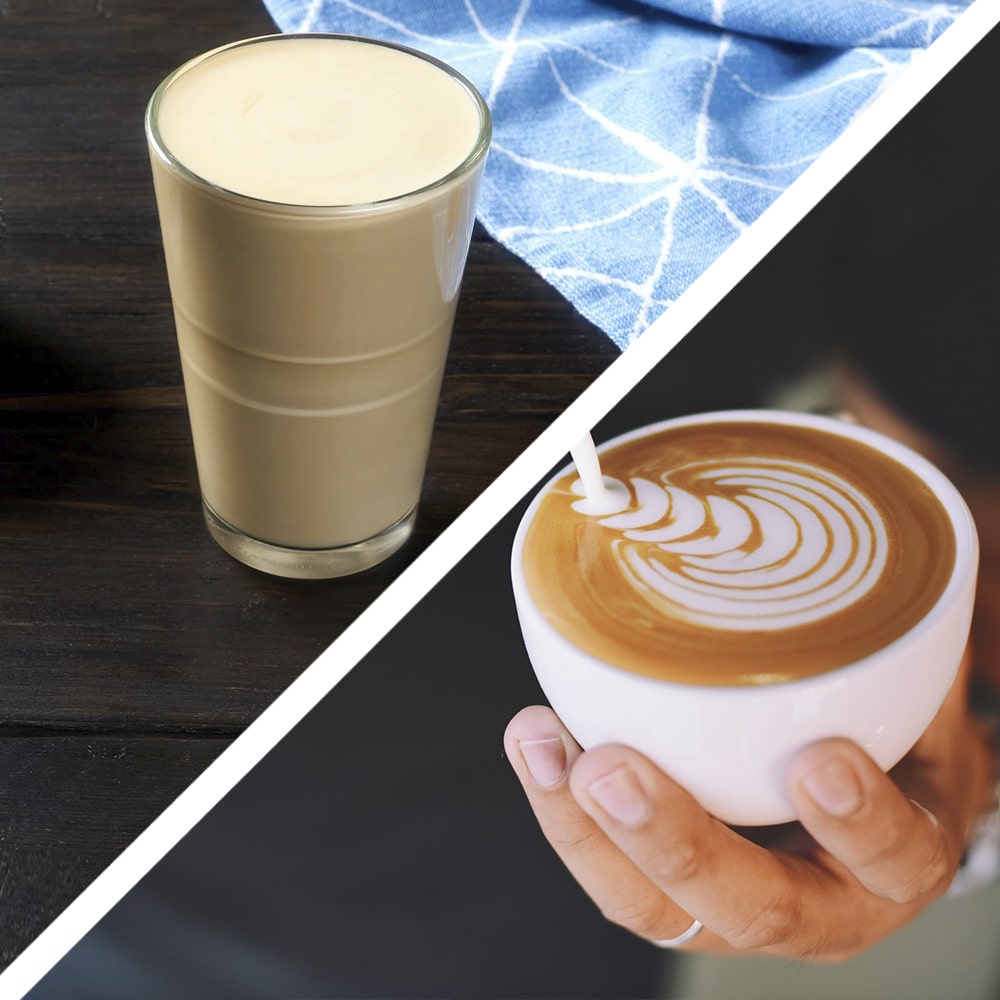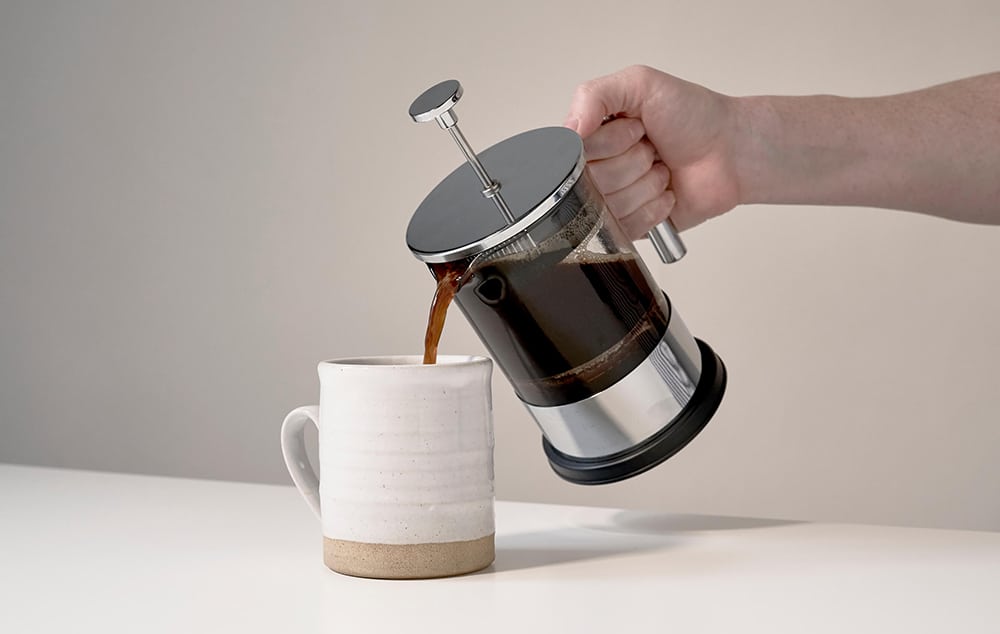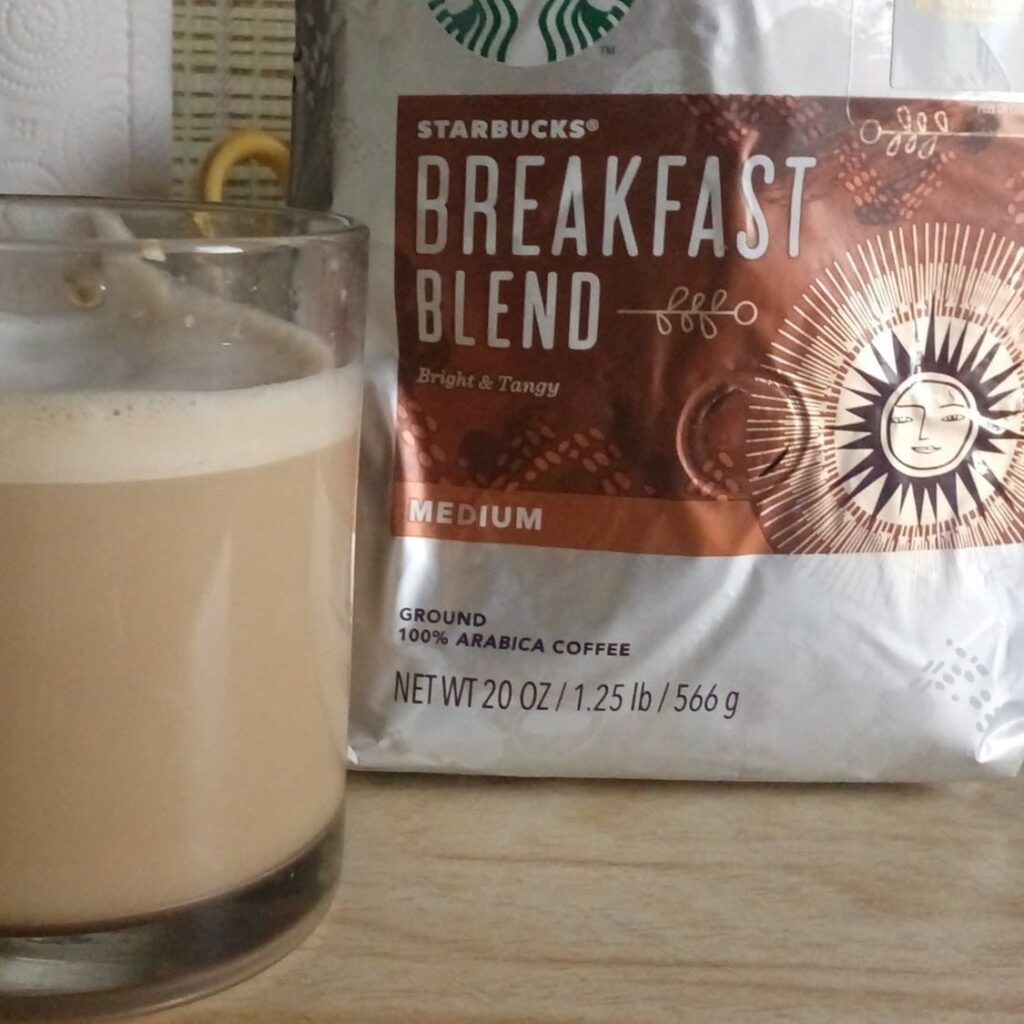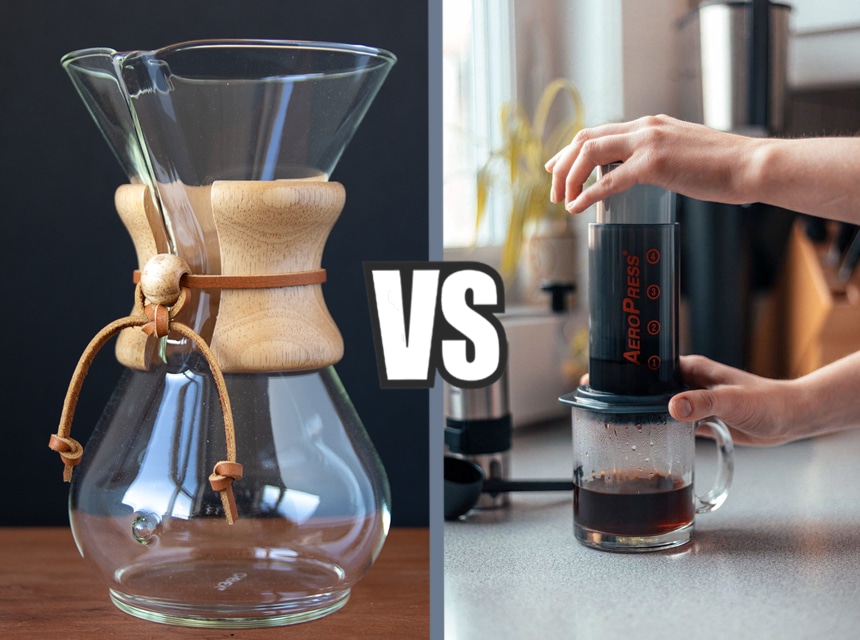

Even if you have been drinking espresso and coffee for years, it can be a bit difficult to understand the differences between the two. Obviously, they are both have plenty of caffeine and can be used to give you a pick-me-up in the morning, but what is the real difference between coffee and espresso? In this article, we will take the time to guide you through how these two drinks are different from each other, how they are the same, and how they might affect your health. We will also explain the proper ways to brew either both espresso and coffee so that you can make the very best cup possible for yourself in the morning.
The first thing that you should know about espresso is that, while it has a different name, it is still a type of coffee. Some folks might think that because it is not called coffee, it is actually something else, but this is not the case. The reason that espresso has a different name is simply that it is brewed in a different manner, which involves forcing superheated water through finely-ground beans under pressure.
Espresso is also usually served in much smaller servings than coffee. While regular cups of coffee are usually around 10-12 ounces, espresso shots are usually only served in 2-3-ounce cups. They also do not have anything added to them. Espresso is always served black, though it does usually have a layer of foam, or crema, on the top that adds a rich, delicious flavor.
Coffee is a much more simplistic approach to getting your daily dose of caffeine than espresso. There is a wide array of ways to brew it. However, all of them operate in a very similar manner. To make a cup of coffee, you pour hot water over coarsely ground beans. This is all that you need to produce a cup of coffee, which is why so many folks don’t mind making their own cup at home.
You can also make a cup of coffee to be any size that you prefer. You can make a small cup, large cup, or in-between cup. It is all up to your preference. With coffee, you also have the option to add sweeteners or crème/milk to it to adjust the taste.
As you can see, espresso and standard coffee are quite different from each other. In this section, we will go through how to make each of these drinks yourself. This will help you to better understand just how different they are from each other and will also allow you to make them for yourself at home.
For each of these different types of coffee, there are different methods that you can use to make a cup. Espresso can only be made in one way, while coffee can be made using many different methods.
Espresso
While espresso is coffee, not all coffee is espresso. This distinction is earned based on the brewing process that is used to make espresso. Basically, this drink is made by heating up water and forcing it through a bed of finely ground coffee beans. This pressure helps to create a thicker brew of coffee that should have a layer of froth on the top. This froth is called crema and should be free of bubbles and dark in color.
Coffee
Unlike espresso, which can only be brewed in one manner, coffee can be brewed in lots of different ways. However, all of the different manners use a very similar methodology. Basically, to make coffee, you need to pour heated water over coarsely or medium ground beans through a filter. From there, you can add your favorite crème, sugar, or milk to make the coffee taste however you would like.
Something else that helps to separate espresso from standard coffee is the size of the bean that you need to use to make them. For espresso, for instance, you need to use finely ground beans. This small size of bean allows the highly pressurized hot water to flow through the bean bed correctly. This process also helps to make the crema and gives espresso its distinct flavor.
Coffee, on the other hand, works best with medium to large grinds. Since drip or pour-over coffee making is a slow process, this larger surface area gives it more of a chance to make a proper brew. These larger grinds also provide a better chance for antioxidants to be released, which, in turn, help to give coffee its bolder flavor.
Although many people have an incorrect notion that you cannot use espresso beans to make coffee and vice versa, this is not actually the case. When it comes to making your preferred brew, it doesn’t matter what kinds of beans you choose to use. Instead, it is all about finding the right mix and making sure that you have your beans ground to the proper size. Like we mentioned above, espresso beans should be finely ground, while coffee beans should be medium to coarsely ground.
When it comes to selecting your beans for your next cup of coffee or espresso, it is completely up to your preferences. There are no right or wrong beans to use for either of these drinks. As such, don’t be afraid to experiment a bit with your mixes until you find one that works well for you.
If you are someone that likes bold flavors, then try to find beans that fit that style and mix them in your preferred ratios. The sky is truly the limit when it comes to finding the right coffee types for your espresso or coffee.
Another big difference in the debate of espresso vs. coffee is the serving sizes associated with each drink. Espresso, as you are by now aware, is usually a much smaller serving size. In fact, a proper shot of espresso is extremely small and consists of two different parts. The first half is the actual espresso and is usually only about 1.5-2 ounces total. The second (is the froth on the top, or cream, which takes up about 1-1.5 ounces. This small serving size makes espresso perfect for a quick shot of caffeine in the morning.
Coffee, however, doesn’t need to stick to such stringent guidelines when it comes to serving size. You can pretty much select whatever size cup of coffee that you want to have. Most standard coffee mugs that you would drink out of at home are about 11 ounces, but you can easily select from a wide array of travel cups that range from 12 ounces, all the way up to 52 ounces!
Something else that lots of folks get mixed up with between espresso and coffee is just how much caffeine is in each. They tend to think of espresso has having a lot more caffeine than coffee, which is technically the case, but not quite the whole truth. In truth, espresso has about 60 mg of caffeine per shot, while coffee has about 90 mg for every 8 ounces.
As you can see, a cup of coffee is going to have more caffeine than espresso, but only because of the serving sizes. If you were to extend the serving size of espresso to match that of a cup of coffee, then the espresso is going to have a lot more caffeine. In essence, espresso is a more caffeinated drink, but thanks to its smaller serving size, it won’t give you as much caffeine as a regular cup of coffee.
When it comes to taste, standard coffee cannot come close to matching the rich, bold flavors of a cup of espresso. Espresso beans are usually blended to strike more of a balance than drip coffee mixes. These mixes usually work to produce a heavier bodied drink, with less acidity and more balance. If espresso is made correctly, then it shouldn’t be very bitter. This is extremely important to get right in the brewing process because sugar and crème are not usually added to espresso.
Drip coffee or pour-over coffee tends to have a less bold flavor palate, mostly due to the brewing process. The paper filters used with these brewing methods tend to also remove some natural oils from the mix, while also allowing more acids to develop. This filtering will usually result in a more bitter brew, that requires additional sugar or crème to become more palatable.
Overall, there have been no direct links between drinking coffee or espresso on a regular basis and any health issues. Of course, that is only if they are not being used in an excessive manner. Odds are that, if you are drinking multiple cups of coffee or shots of espresso a day, you are going to tend to be a bit jittery or out of sorts because of too much caffeine.
These drinks have been shown to exacerbate health conditions that are already present in a person, such as heart issues or high blood pressure, but they do not cause them on their own. Drinking a cup of coffee or espresso every day can have added benefits as well, such as improved memory or reduced risk of stroke. As is the case with so many different things in life, as long as you don’t overdo it when it comes to your caffeinated drink of choice, you shouldn’t have to worry too much about health complications.
As you can see, there are lots of differences between espresso and coffee. Espresso is a drink brewed with finely ground beans using highly pressurized water to create a small cup of concentrated coffee that has a bold and rich flavor. Coffee is brewed using beans that are not finely ground and can be made by pouring or dripping hot water over them. This brew is not as densely caffeinated and is usually a bit more bitter than espresso. No matter which type of drink you want to make, you can select your own beans, making it easier to get the taste you desire. Truly, in the debate of espresso vs. coffee, it is all up to your personal preference as to which type of drink is better than the other.





